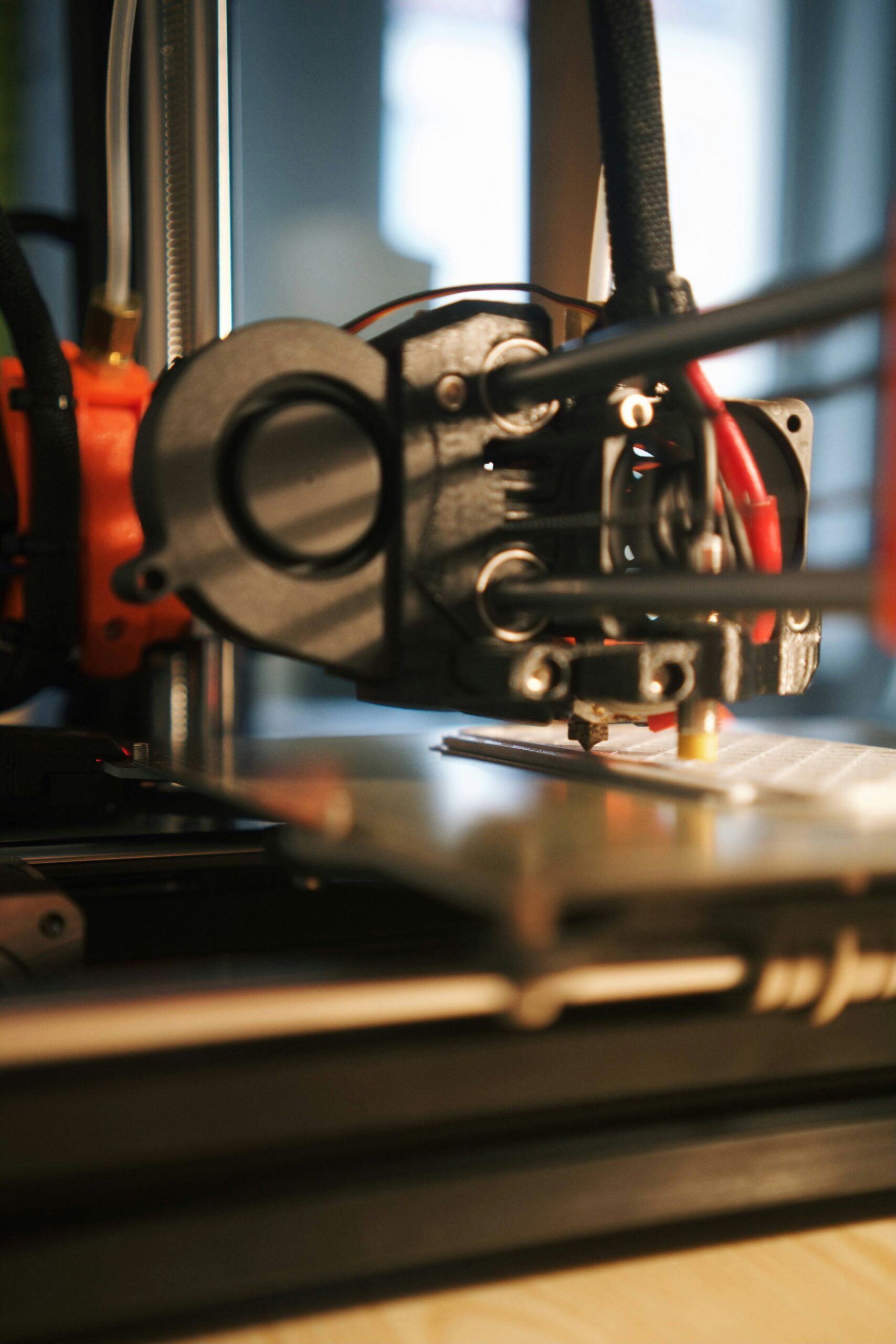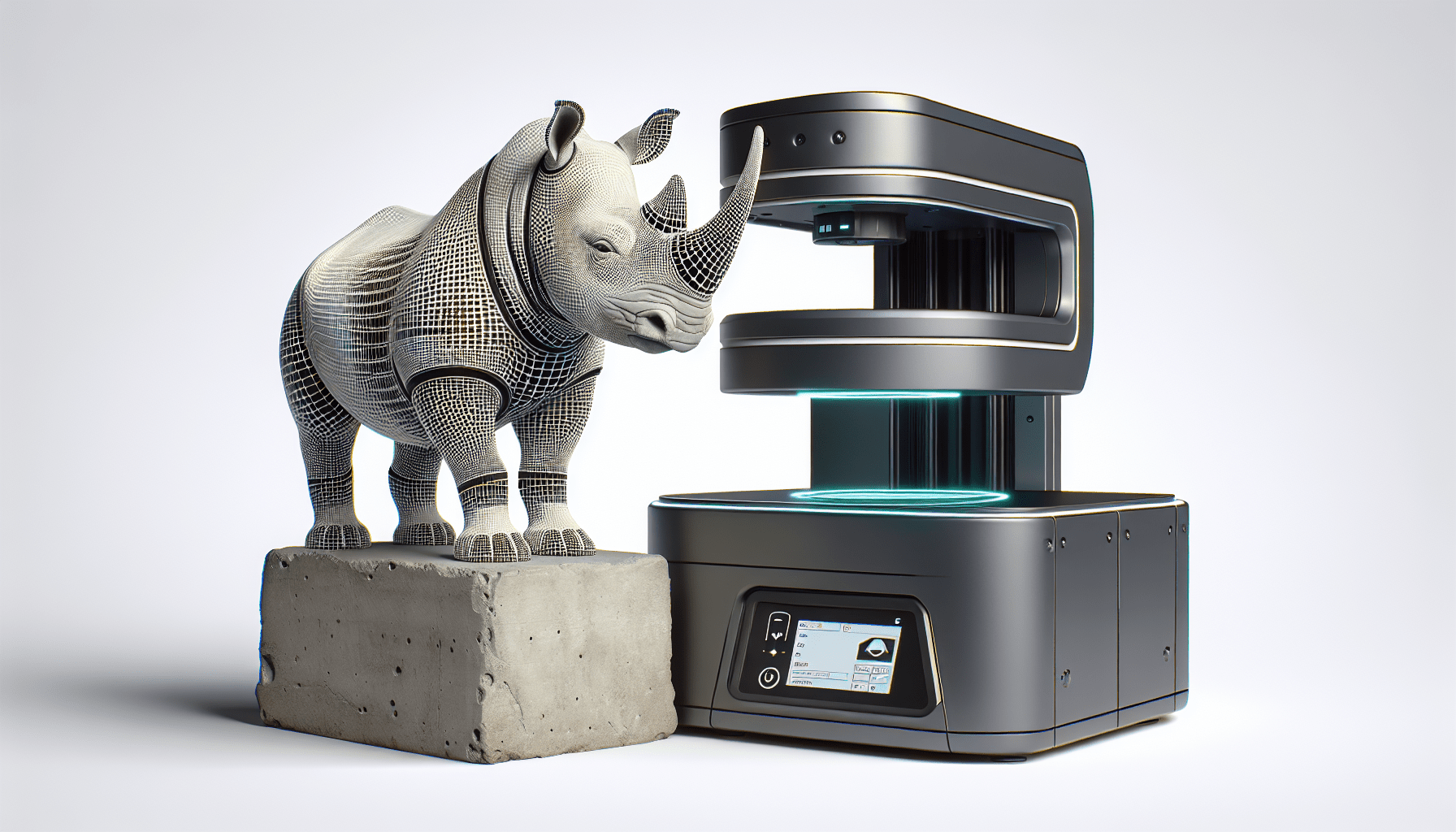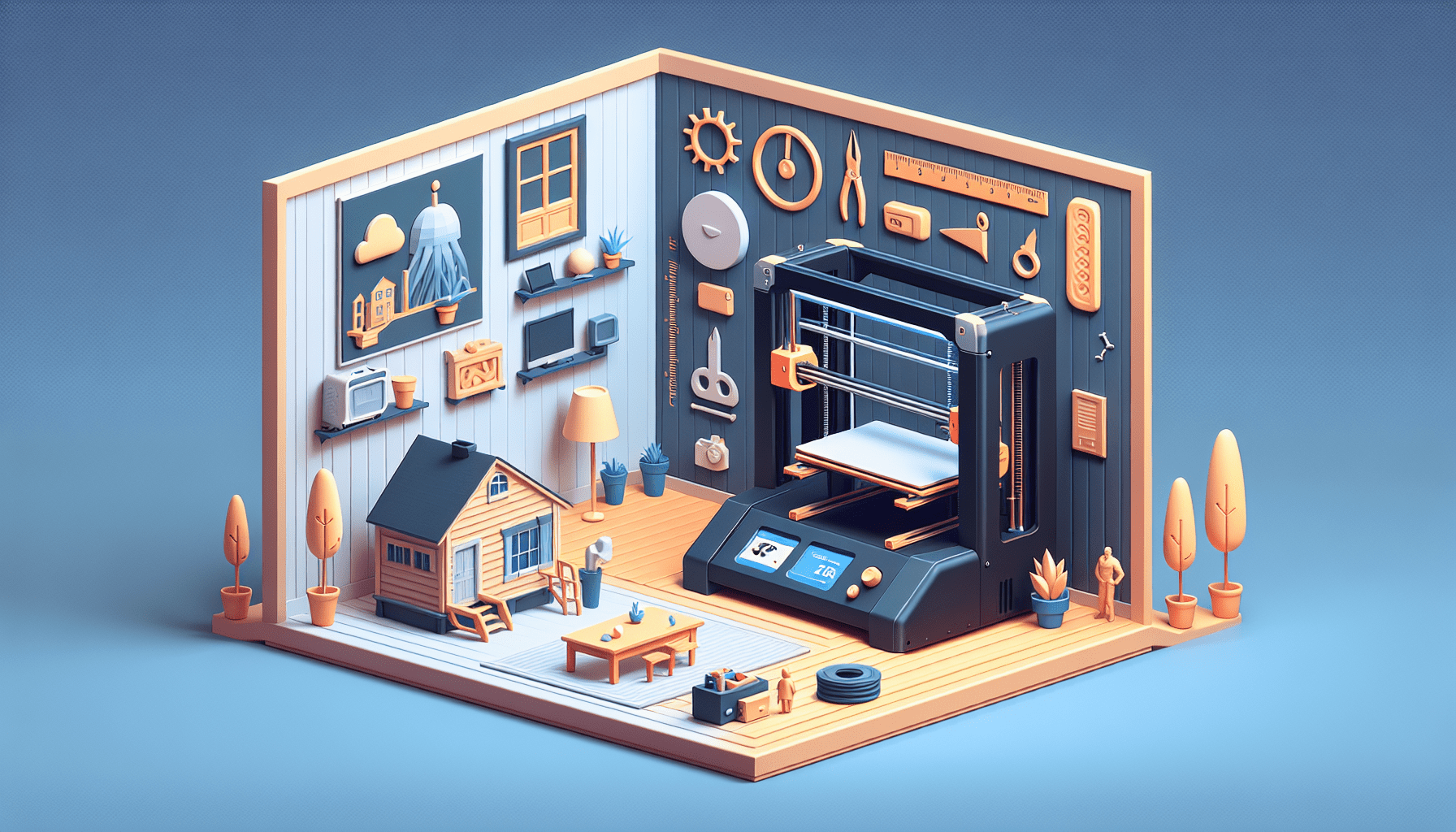Creality Official K2 Plus Combo 3D Printer, Multi Color Printing with CFS 600mm/s High-Speed Full Auto-Leveling Dual Al Camera Next-Gen Direct Drive Extruder Build Volume 13.78x13.78x13.78 inch
$1,349.00 (as of June 19, 2025 23:45 GMT +00:00 - More infoProduct prices and availability are accurate as of the date/time indicated and are subject to change. Any price and availability information displayed on [relevant Amazon Site(s), as applicable] at the time of purchase will apply to the purchase of this product.)Can you imagine not being able to enjoy a simple meal with your loved ones because the act of swallowing has become a daunting task? For individuals living with dysphagia, a condition that makes swallowing difficult, mealtimes can be a source of stress and anxiety.
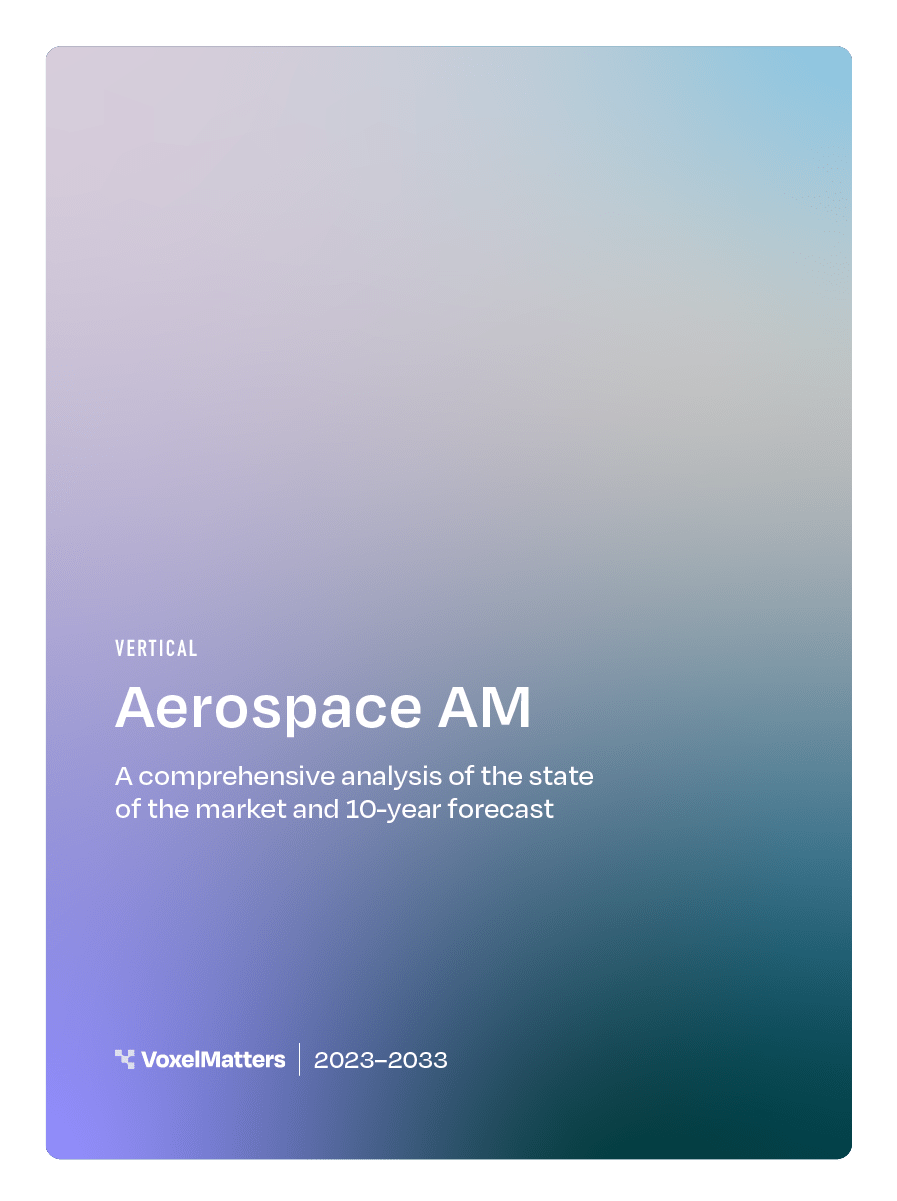
$30 off $400+ Anycubic Products with code AC30OFF
What is Dysphagia?
Dysphagia is a condition that affects millions of people worldwide, characterized by difficulty swallowing food, liquids, or saliva. It can be caused by a variety of factors, including neurological disorders, such as stroke or Parkinson’s disease, as well as physical conditions, like a head or neck injury.
The Challenges of Dysphagia
Individuals with dysphagia often face significant challenges, including malnutrition, dehydration, and pneumonia. Traditional pureed foods, often used to manage dysphagia, can be unpleasant and unappetizing, leading to a reduced quality of life. Moreover, the risk of aspiration, where food or liquid enters the lungs, is a constant concern.
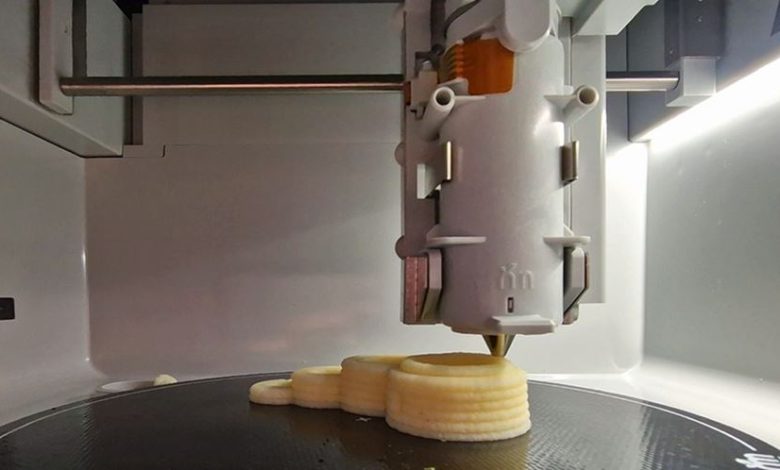
Buy Photon Mono M5 Get Free 1KG Resin
Introducing 3D Printed Foods
Researchers at the University of the West of England (UWE Bristol) have been working on a innovative solution to alleviate the difficulties faced by individuals with dysphagia. Led by a team of experts, they have developed 3D Printed meals specifically designed for people with dysphagia.
How Does it Work?
The researchers used an extrusion-based 3D food printer to produce multi-ingredient, nutritionally balanced meals that are visually appealing. By experimenting with different food-grade thickeners and gelling agents, they were able to create a texture and viscosity suitable for individuals with dysphagia. The 3D printed food is designed to be safer to swallow and digest than traditional pureed foods, requiring less chewing and reducing the risk of aspiration.
| Traditional Pureed Foods | 3D Printed Foods |
|---|---|
| Unappetizing and unappealing | Visually appealing and appetizing |
| High risk of aspiration | Reduced risk of aspiration |
| Limited nutritional value | Nutritionally balanced |
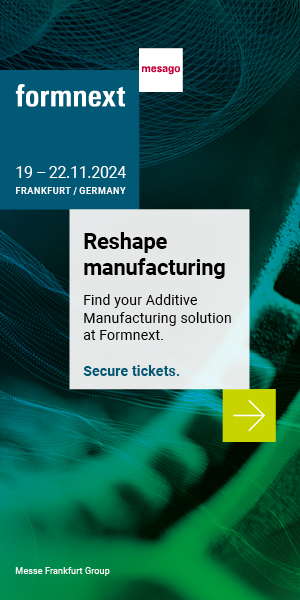
The Benefits of 3D Printed Foods
The benefits of 3D printed foods for individuals with dysphagia are numerous. Not only do they provide a more enjoyable and satisfying eating experience, but they also offer a safer and more nutritious alternative to traditional pureed foods. Furthermore, 3D printed foods can be tailored to meet the specific needs and preferences of each individual, promoting a more personalized approach to nutrition.
Survey Results
A survey of UK-based dysphagia patients and their carers found that they were overwhelmingly positive about the concept of 3D printed meals. Many respondents expressed enthusiasm for the potential benefits of 3D printed foods, including improved nutrition, reduced risk of aspiration, and increased enjoyment of mealtimes.
| Survey Results | % of Respondents |
|---|---|
| Positive about 3D printed meals | 90% |
| Interested in trying 3D printed meals | 85% |
| Believed 3D printed meals would improve nutrition | 80% |
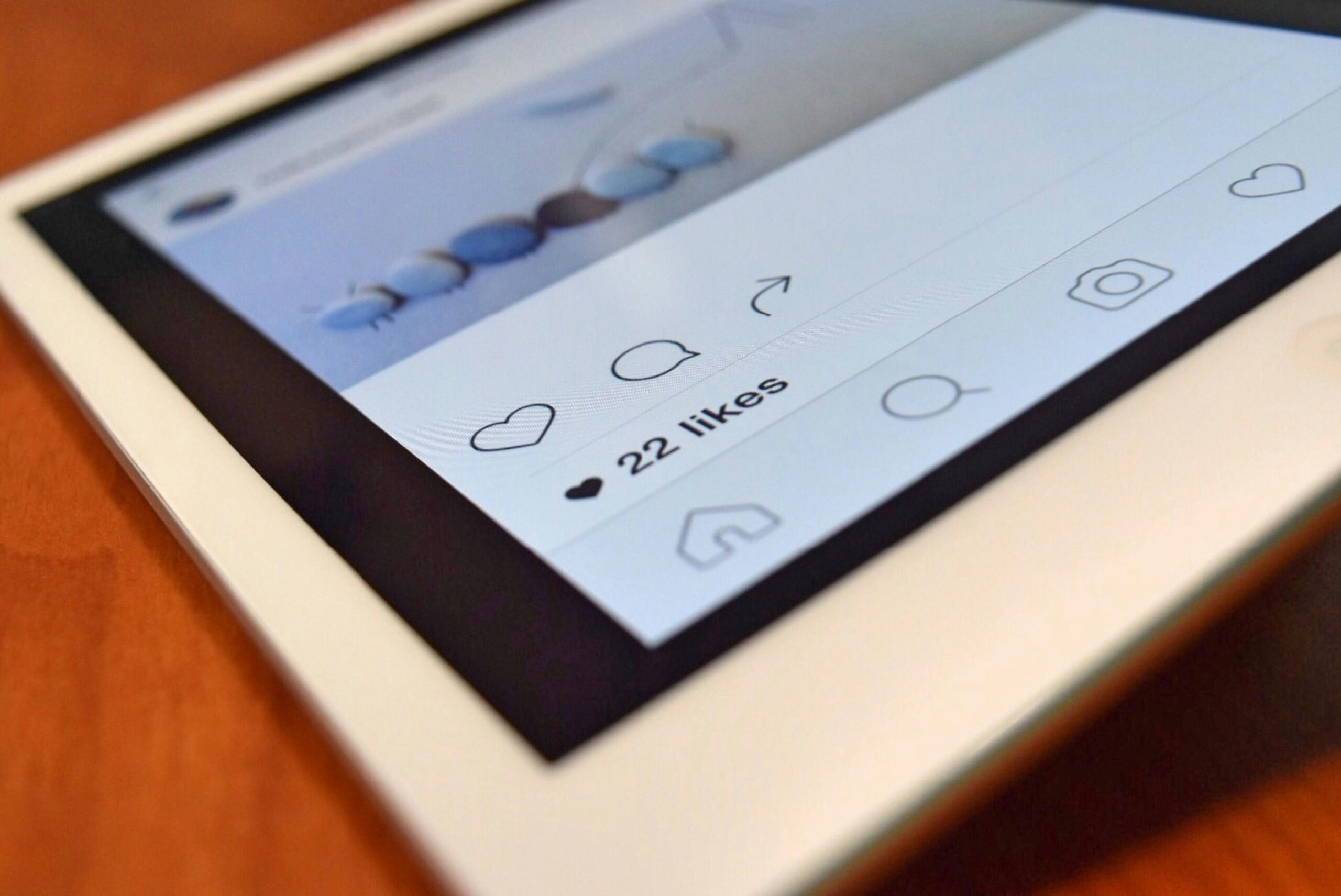
The Future of 3D Food Printing
The researchers hope to secure funding for a clinical trial to evaluate the suitability of 3D printed food for individuals with dysphagia. If successful, 3D food printers could be introduced to care homes and hospitals, enabling the production of meals on-site for patients with dysphagia.
International Collaboration
The project was an international collaboration between the UK, Greece, and Serbia, demonstrating the potential for global cooperation in addressing the challenges of dysphagia. The full research paper was published in the Food Hydrocolloids academic journal, providing a platform for further research and development in this area.

Conclusion
The development of 3D printed foods for individuals with dysphagia represents a significant breakthrough in the management of this condition. By providing a safer, more nutritious, and more enjoyable eating experience, 3D printed foods have the potential to improve the quality of life for millions of people worldwide. As research in this area continues to evolve, it is exciting to think about the possibilities that 3D food printing may hold for the future of food production and nutrition.
$30 off $400+ Anycubic Products with code AC30OFF






